The movement toward no-till gardening has resulted in rototilling, or tilling, getting quite a bad rep.
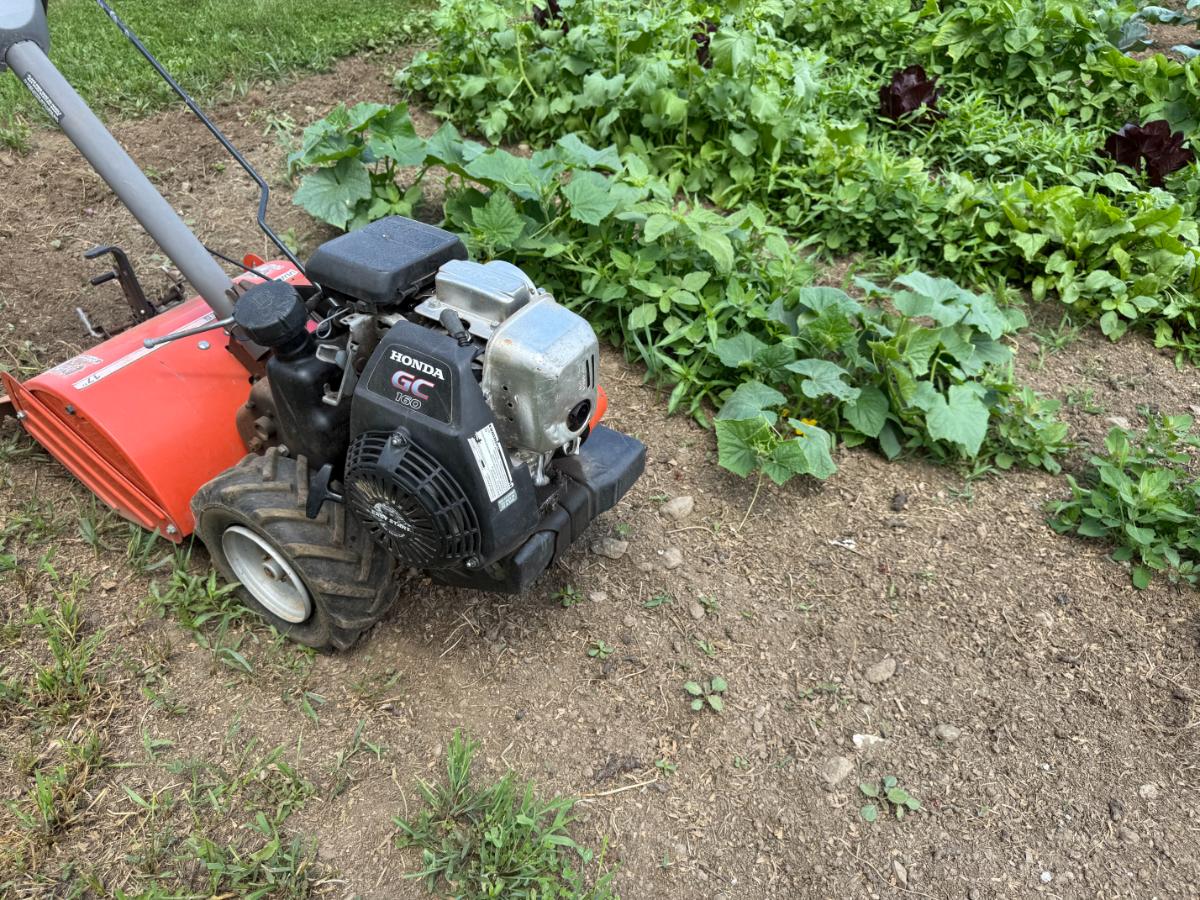
The truth is that there is not only one answer to gardening. There are a variety of methods that meet the needs of different gardens and different gardeners, and there is a place for all of them.
Jump to:
- 10 Benefits of Rototilling the Home Garden
- 1. Bed Prep
- 2. Weed Control Prior to Planting
- 3. Weed Control Throughout the Growing Season
- 4. Soil Aeration
- 5. Insect Control
- 6. Works Compost, Fertilizer, and Amendments into Soil Better
- 7. Warming Soil
- 8. Helping to Drain Soggy Soil
- 9. Improve Soil Moisture Absorption
- 10. Reduce Water Runoff
- Tips and Tricks for Tilling Beneficially
- You Can Strike a Balance between Tilling and No-Till in the Garden
10 Benefits of Rototilling the Home Garden
The other truth is that even if you primarily embrace no-till or low-till gardening practices, there are times and places where tilling might be a better idea. Necessary, even.
Let’s take a look at some of the benefits of rototilling in the home garden.
1. Bed Prep
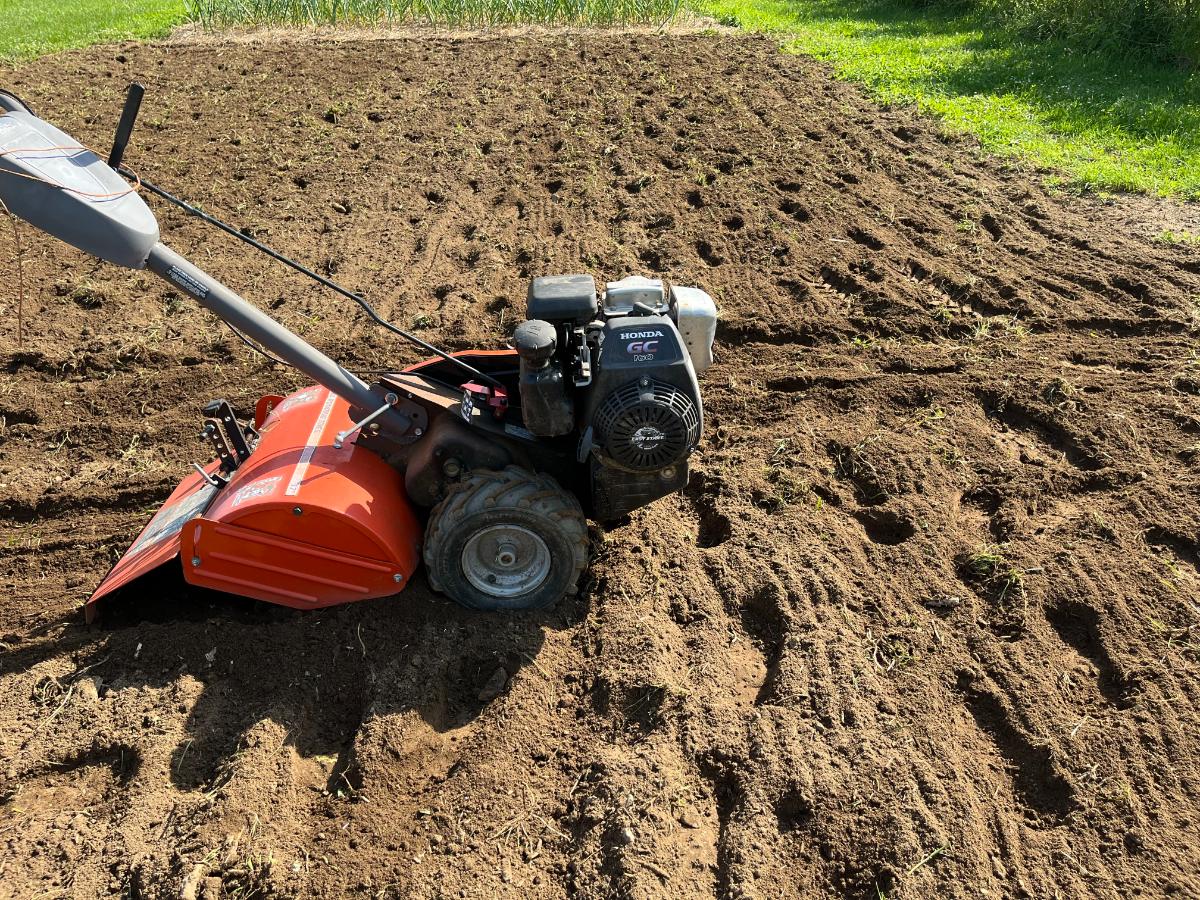
Rototilling makes a nice, workable garden bed. Soil is broken up more finely, which allows for better seed-to-soil contact, especially for small seeds that might struggle with large clumps of soil. It also makes soil lighter, fluffier, and more easily worked.
If you are starting a new garden, even if you plan to continue on with mostly no-till practices, it is often a good idea to till the bed so you can start out with a well-prepared bed, free of grasses and weeds.
Many perennial weeds and grasses can be extremely difficult to kill by hand. They can be tenacious, and even with solarizing and mulching, they can easily choke out garden seeds and small transplants.
Even with covering, smothering, and solarizing, the ground underneath can be too tough and compacted for successful gardening.
If the alternative is to use a chemical weed killer to get rid of the competition, tilling is almost certainly a happier, healthier choice.
2. Weed Control Prior to Planting
Tilling lets you kill off all weeds and grasses before you ever begin planting. Poison-free.
If you have time to till a few times over the span of two or more weeks, you can really get a handle on grasses and weeds. That will set you up well for a great start.
3. Weed Control Throughout the Growing Season
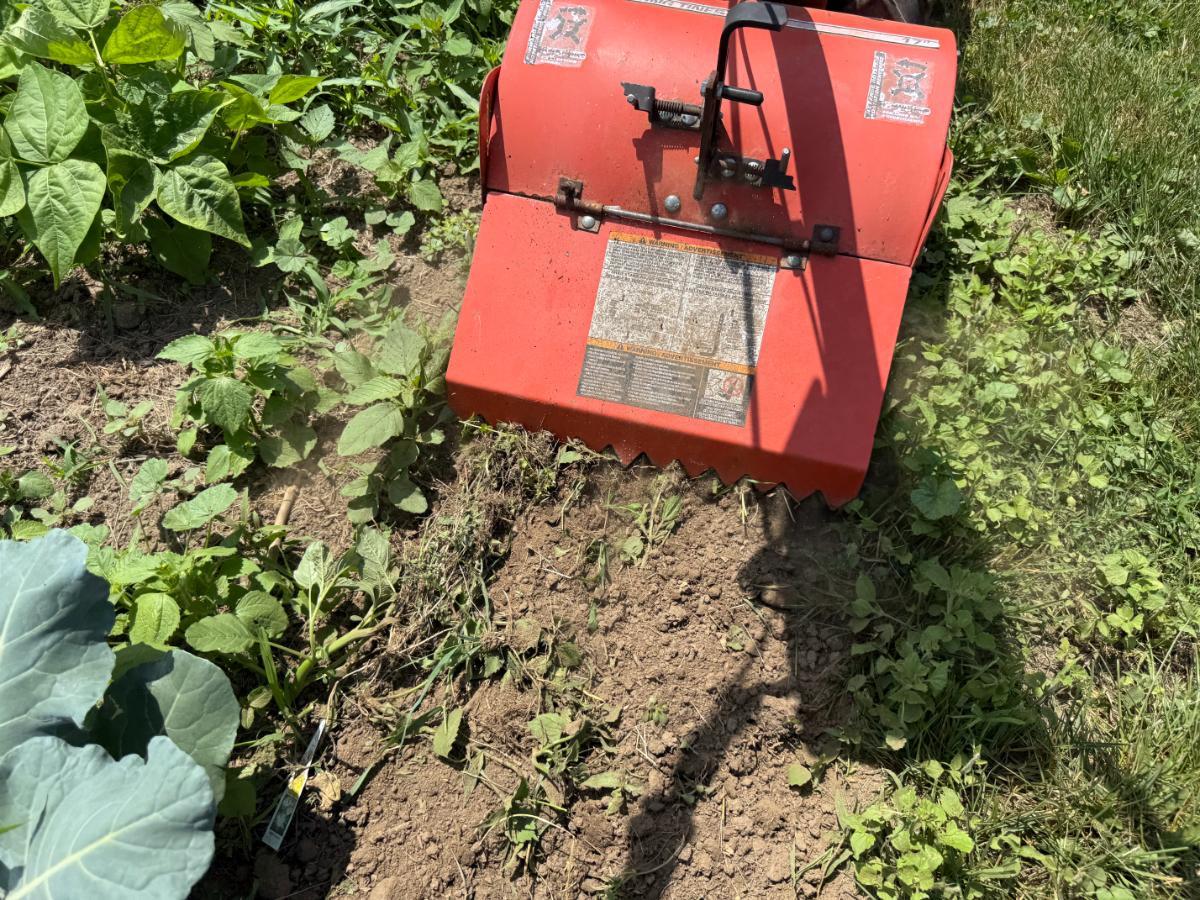
A rototiller or cultivator is a fast, effective tool that can make short work of weeds in the open spaces in your garden, such as between rows and down aisles.
Many gardeners have turned to full plastic or plastic fabric covering in their gardens as a means of going no-till. As we learn more about the potential harm and pervasiveness of microplastics in the environment and in our food, this is looking like a less attractive option than it once was. There can be other issues with planting through whole barrier fabrics, too -- like ripping, water penetration, and difficulty with fertilizing in season.
If microplastics are a concern of yours, tilling, once again, might bounce back up as a gardening technique that maybe doesn’t deserve all the negative publicity.
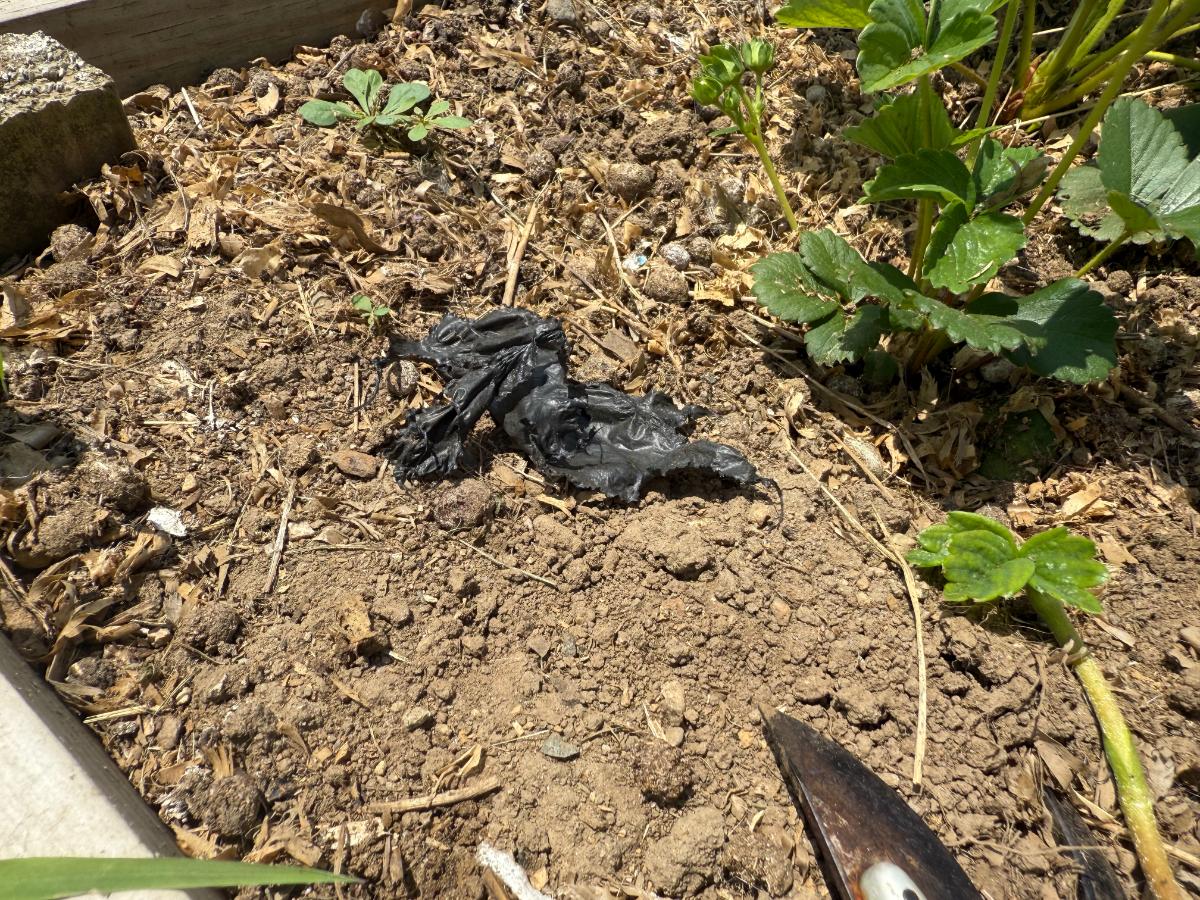
While it is true that a rototiller or handheld tilling cultivator can’t do all your weeding, and that you need to pay attention to the area and proximity of roots, it can certainly take care of the largest open areas of your garden. After all, most gardens have as much room in walking aisles between rows (or near to it) as they do in planted space.
What you’re left with after tilling is just the close-up weeding around the plants. As the plants grow, they will help shade out a lot of weeds, and even that space will weed more easily and shrink down through the season.
*One argument against rototillers as weed control is that they can expose weed seed, which then grows into weeds. This can be true. It can also be true that tillers bury weed seeds deeper and block them from sprouting.
And then, you need to consider that even if you do have more weeds growing in the aisles, the ease of keeping up with them and the likelihood that you’ll have the time to is worth the trade-off.
Also, by cultivating regularly, you can more easily get to all the weeds before they go to seed. And that is the best way that there is to end the weed cycle and reduce new weed growth.
4. Soil Aeration
Tilling works as a sort of subsoiling that aerates garden soil. It breaks up compaction, which happens over time even from normal no-till gardening practices, walking, and traffic, and contraction from natural processes.
Even in commercial no-till farming, subsoiling becomes necessary at some point.
The fluffing and aeration that occurs when you rototill oxygenates the soil, which is important for your plants, their roots, and beneficial soil dwellers, including the overall microbiome.
5. Insect Control
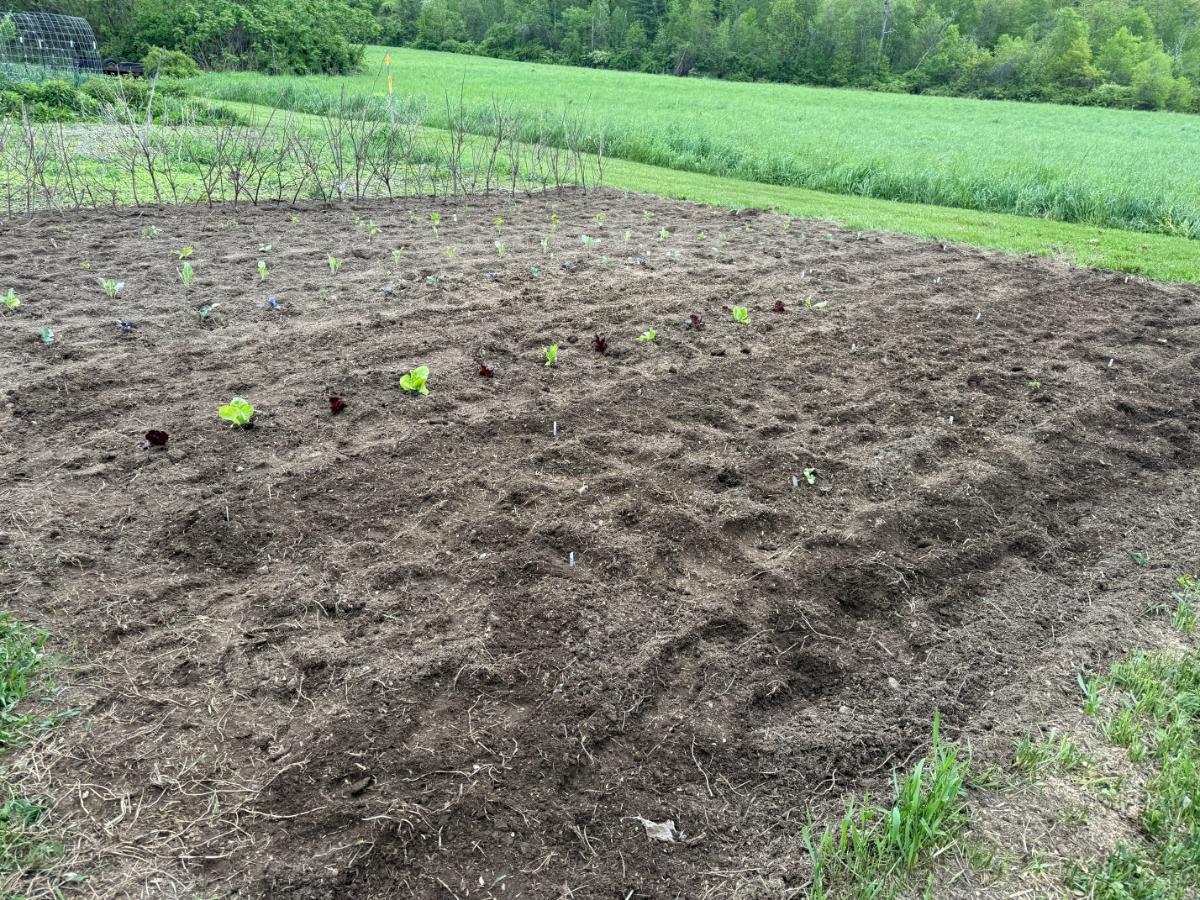
It is true that frequent tilling can be problematic for some beneficial soil inhabitants. But if you have a bad insect problem, tilling the soil to expose them may be the best way to control them, especially if you want limited or no chemical use (which also is a problem for worms and good soil creatures!).
For example, tilling up the soil and exposing grubs lets birds get at them. Good for you, good for your soil, good for the birds!
Controlling grubs and other larvae that are a food source for things like skunks and moles can also help keep destruction and digging in your garden to a minimum.
Depending on your insect infestation, spring or fall tilling, or both, can be very helpful.
Many of the beetles and bugs that cause such large garden problems live in the ground as larvae. Beetles can burrow and hide down in the ground. They set up a stage in the fall and overwinter there. Forcing them to the surface, where wildlife can get at them, can be a good solution.
Tilling for weed control is insect control, too. Weeds can harbor or even attract unwanted, damaging pests. If a light cultivating tilling is what keeps those bug-bearing weeds in check, it’s a better option and strikes a better balance.
6. Works Compost, Fertilizer, and Amendments into Soil Better
The fact is, rototilling does a better job of working important soil amendments into the soil. Whether compost, organic matter to build up poor soil (or enhance good soil), amendments to adjust pH or soil elements, or even fertilizer, tilling will do a much more thorough job of incorporating the good stuff into your garden ground.
Tilling gets amendments down deeper, making them more a part of the soil, and also distributes them more evenly over the ground. Tilling will also help break up any larger pieces of compost or organics so they can break down better, which allows the plants to use them more easily.
7. Warming Soil
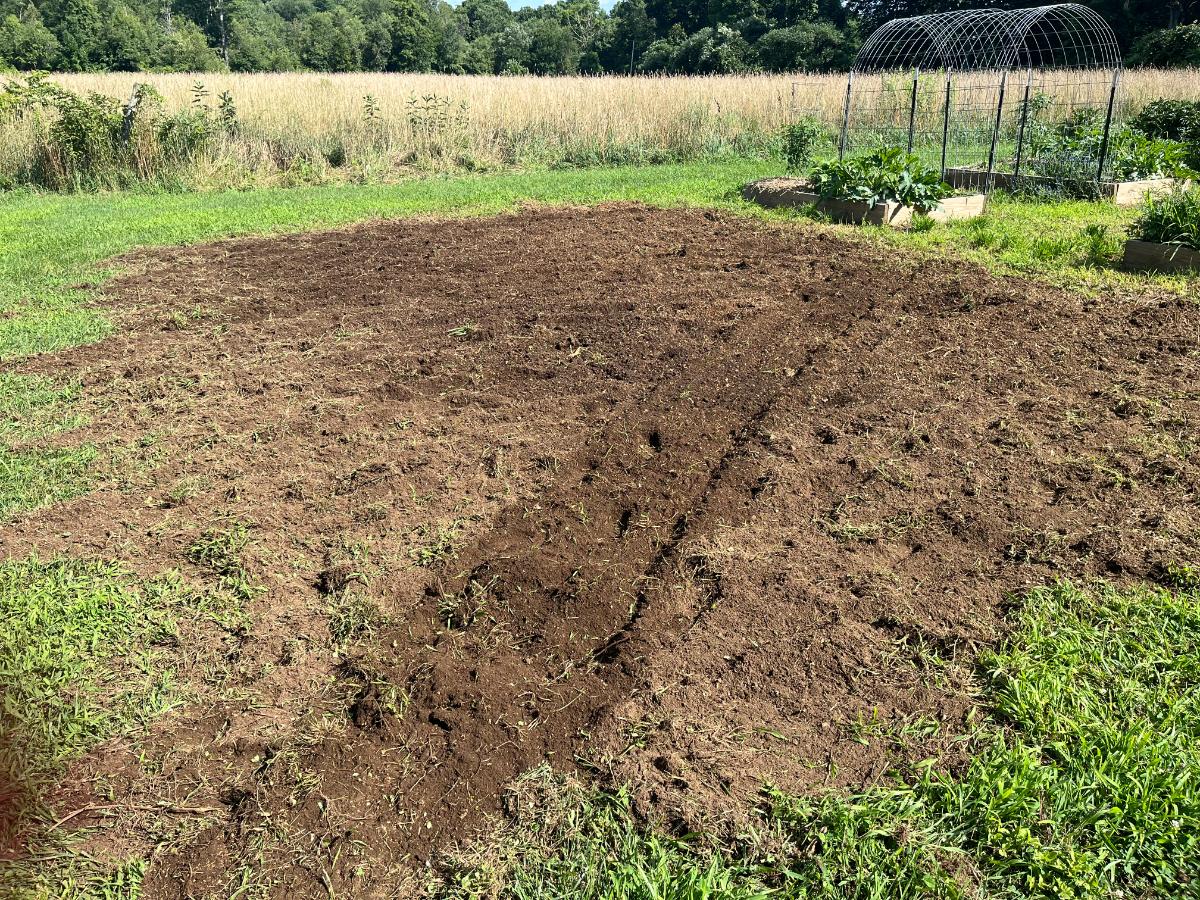
If you are trying to get an early jump on planting, or the soil is slow to warm when favorable weather is slow to arrive, tilling can help to break up the cap and warm the soil more quickly.
Of course, this is only within reason, but tilling will let the warmth of the sun and the air work down into fluffier, aerated soil.
8. Helping to Drain Soggy Soil
Tilling can also help to drain waterlogged or soggy soil.
In the spring, if conditions remain wet, tilling can break up the ground to let water flow down more easily.
If you are experiencing a particularly wet growing year, even though you can’t till the planted areas, tilling between rows might help to dry out and drain out your soil.
9. Improve Soil Moisture Absorption
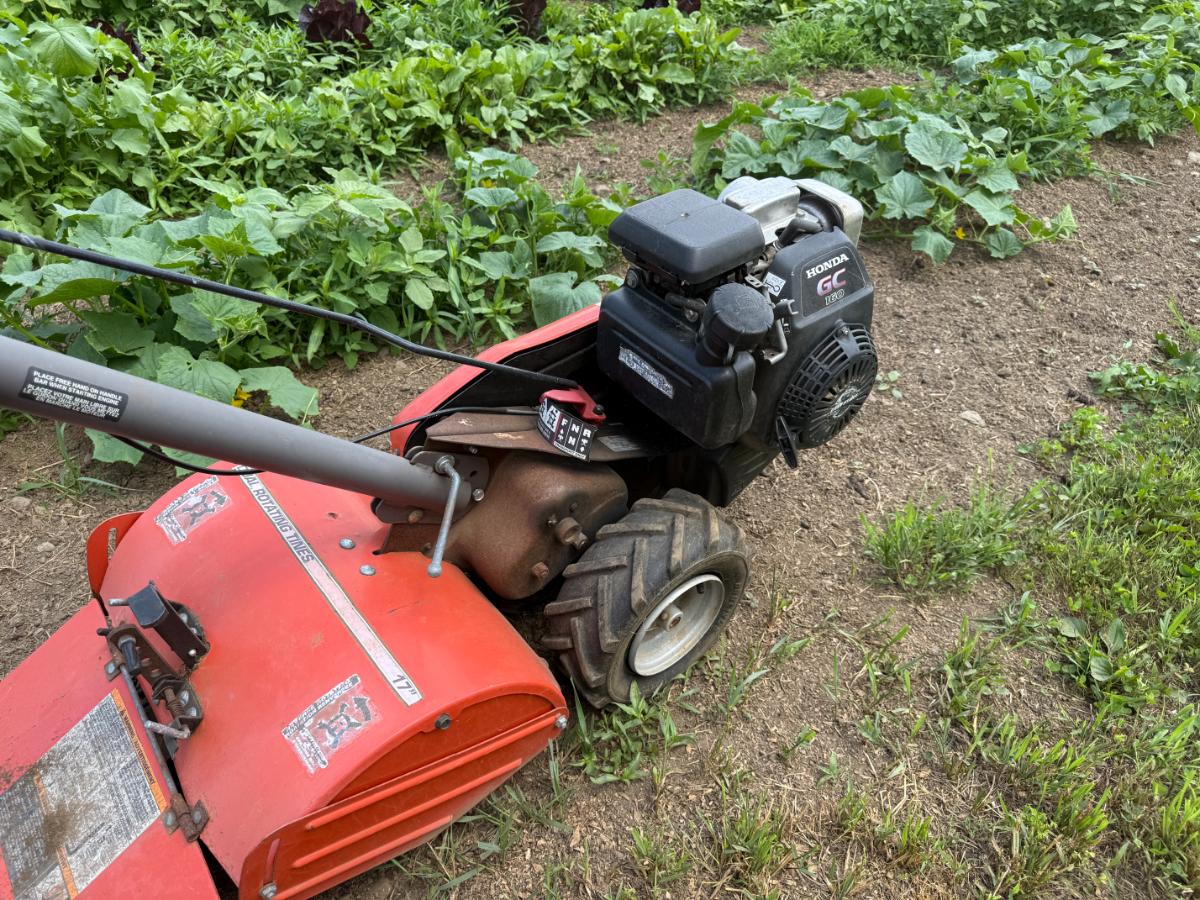
On the other hand, if the soil is hard, such as after an extended period of dry weather or drought, tilling can break the hard cap that forms and fluff the soil so the water can be better absorbed by the good organic matter that is trapped inside.
It can help if you lightly water the soil first (but not soak it), then till to improve the soil’s tilth and open it up. Then water again after tilling and breaking the hard surface.
10. Reduce Water Runoff
When conditions are seriously dry, soil becomes hard and compacted. Even when you do water or finally get some rain, it will often just run off instead of sinking down to where your plants’ roots can access the water.
This is again a reason to at least fluff and break the hard cap in the aisles. This will give the water close proximity to roots, and a pathway that keeps more water in your garden instead of running off like a sheet out of it.
Tips and Tricks for Tilling Beneficially
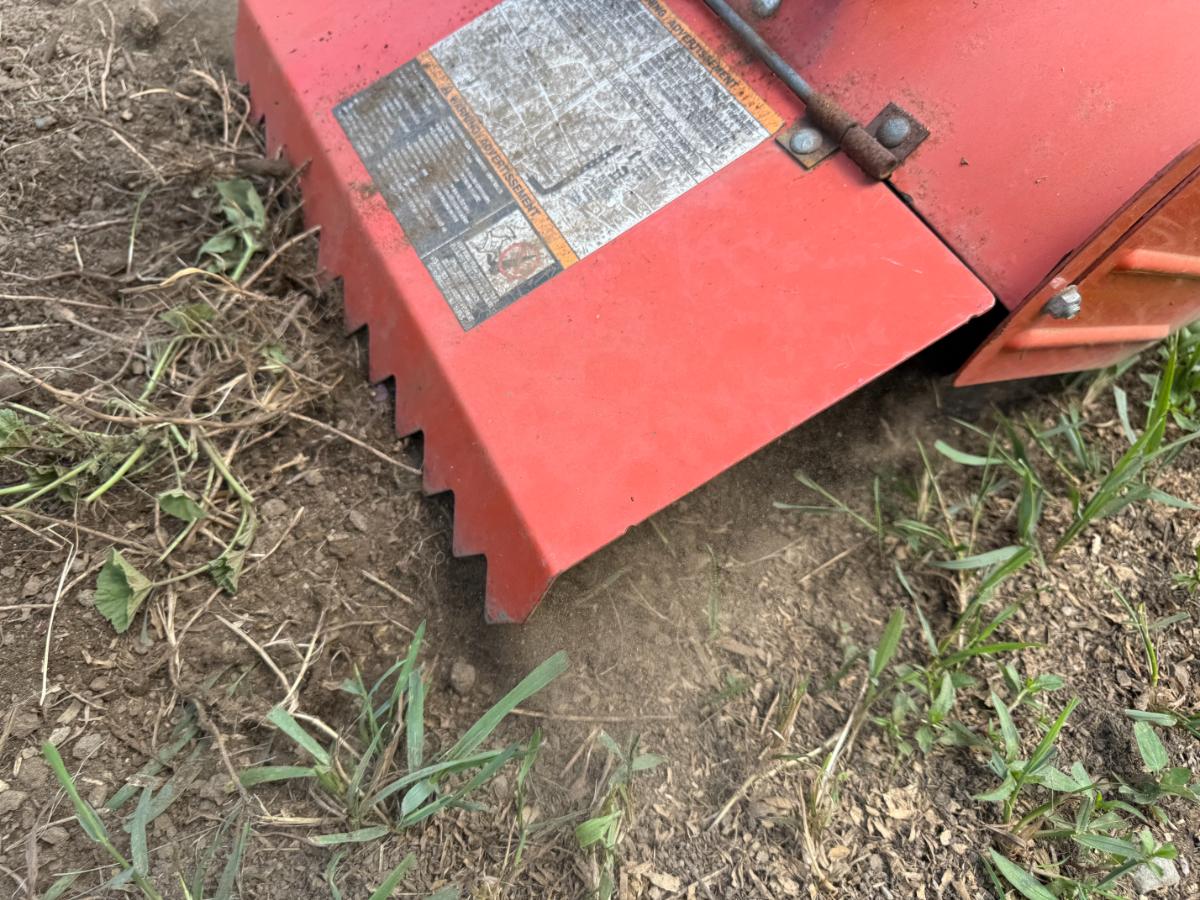
- Use the reverse tine setting for deep tillage, such as at the beginning or end of a season, or when you’re making new garden beds
- Plan ahead and till two or three weeks ahead so that tilled up grasses and weeds have a chance to die off before planting
- Don't till when the soil is too wet, unless it is to help the soil dry out (even then, do only a pass or two and wait to do more after you’ve had some drying)
- Tilling soaking wet soil that clumps into balls can cause compaction and leave large clumps of mud and soil
- You may need a second tilling for stubbornly rooted grasses and weeds, especially in virgin garden ground
- It helps to go over the ground in a week or two when small weeds have sprouted; this will kill off much of what sprouts from disturbed embedded weed seeds before planting and helps control weed potentials throughout the season
- For weed control between rows, use the forward tine rotation; this tills less deeply but is enough to keep new, shallow weeds from rooting while also minimizing soil disruption
- The forward “cultivating” setting will also reduce deep seed exposure, preventing and reducing resulting weeds
- If tilling is your seed control method of choice in between rows and in open garden spaces, till frequently enough that you never let weeds go to seed
- For aisle weed control, consider alternating tilling with hand hoeing, a scuffle hoe or hula hoe, or hand weeding; this will help reduce soil compaction in aisles and disturbance of the microbiome of your soil that can result from over-tilling
You Can Strike a Balance between Tilling and No-Till in the Garden
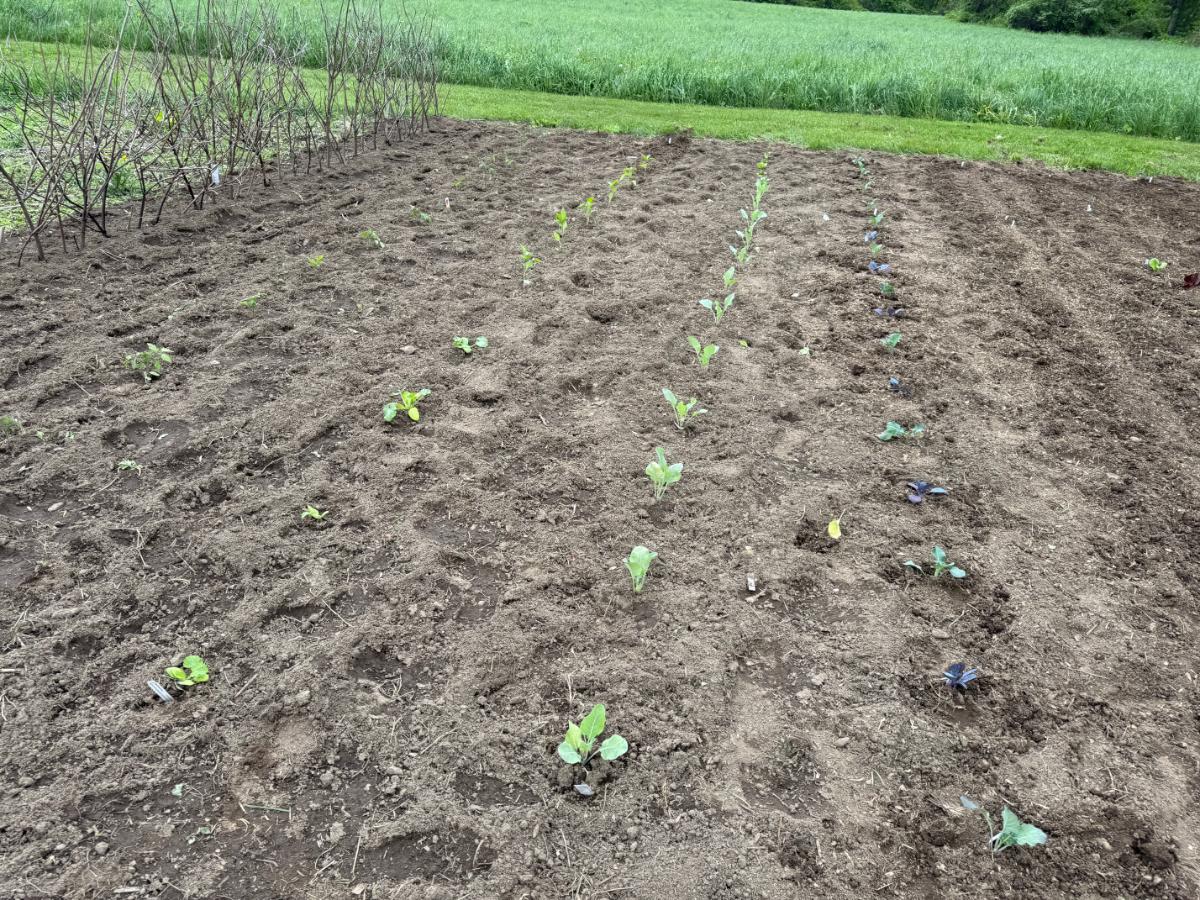
The no-till movement grew largely as a movement adopted from commercial farming. In commercial farming, the encouragement to adopt more low and no-till practices is a response to the erosion of valuable topsoil and loss of organic matter.
No-till and low-till are good practices for the home garden when done well. But we can more easily control the risks of erosion and soil depletion in a home garden. We can do this by judicious tillage, cover cropping, overwintering dead plants, smart site selection, and replacing and rebuilding soil with compost and organic matter.
All of these things can minimize or even eliminate the “risks” of rototilling in the home garden. When the alternative is a practice or response that causes more risk or negative impacts on your garden, or if not tilling leaves you overwhelmed and with big weed and insect problems, then tilling is often the better balance, and the better choice.

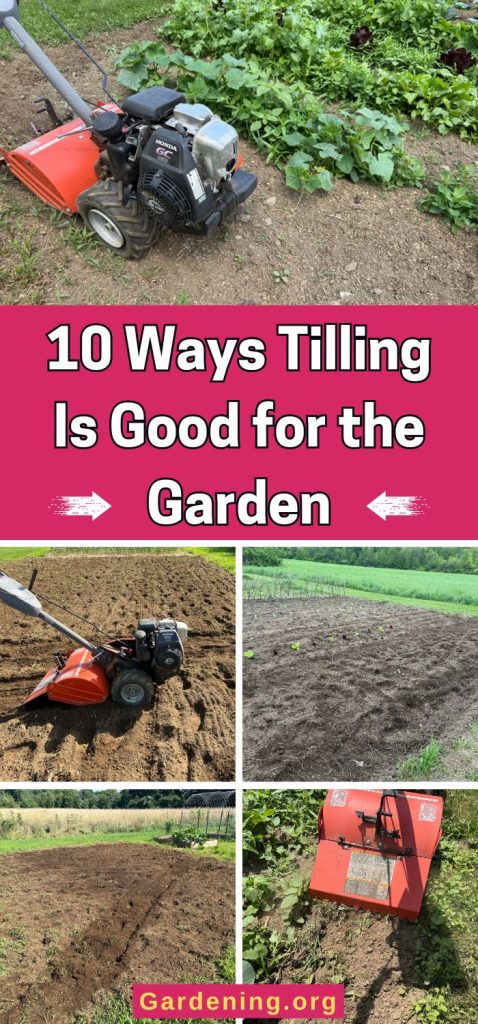
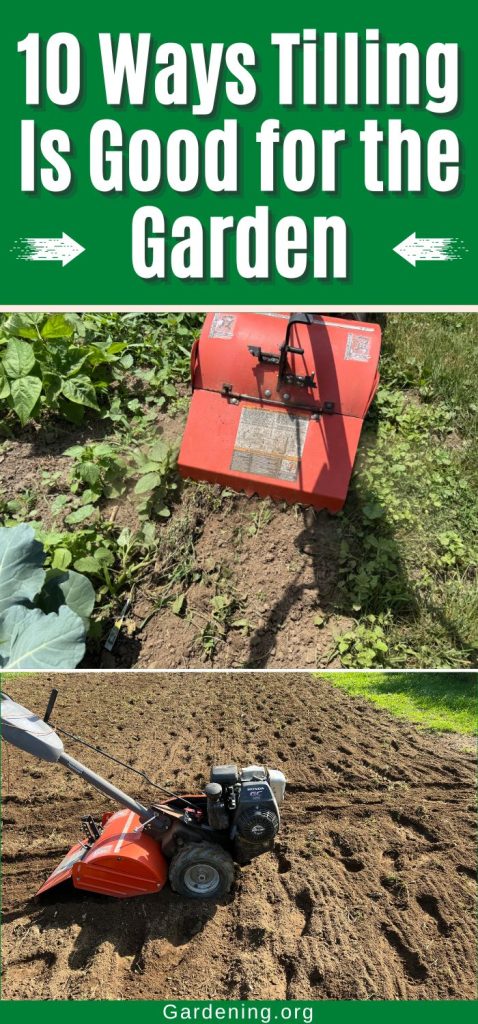
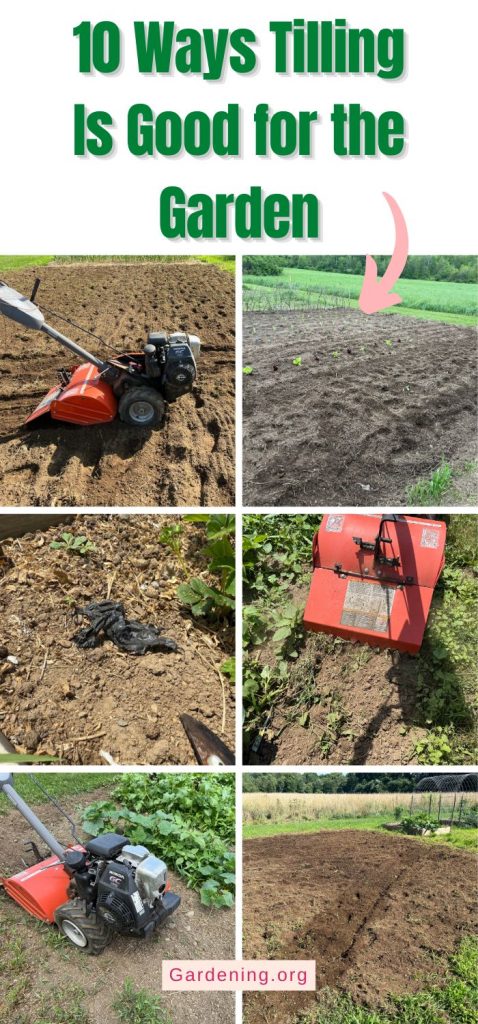
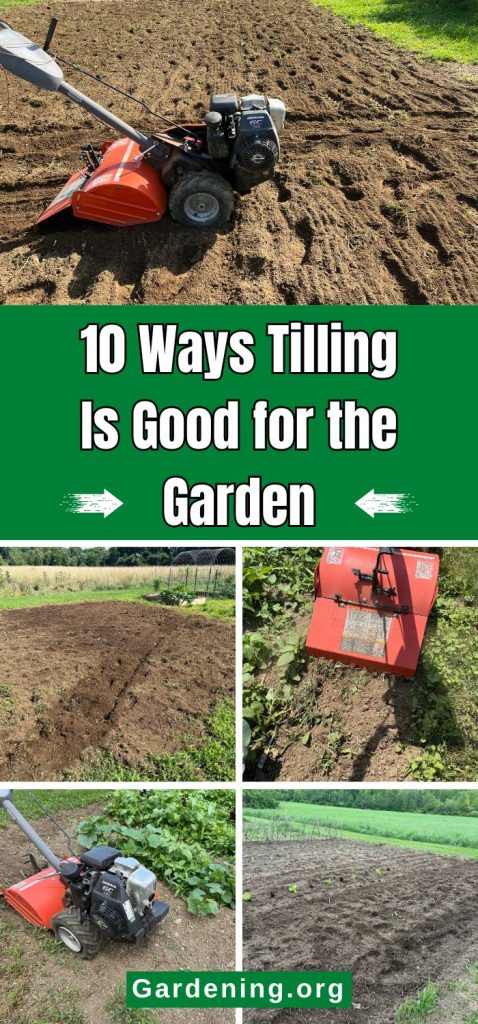
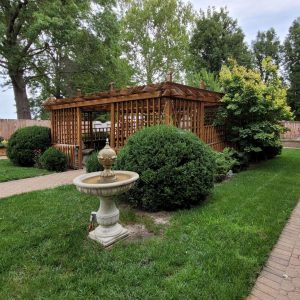
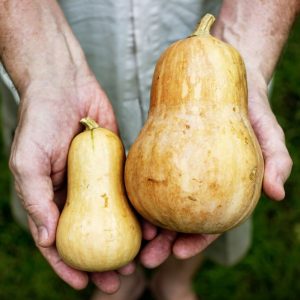

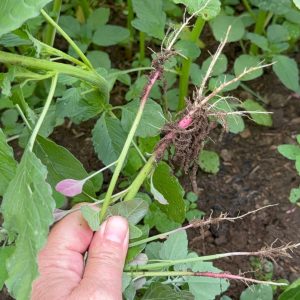
Leave a Reply